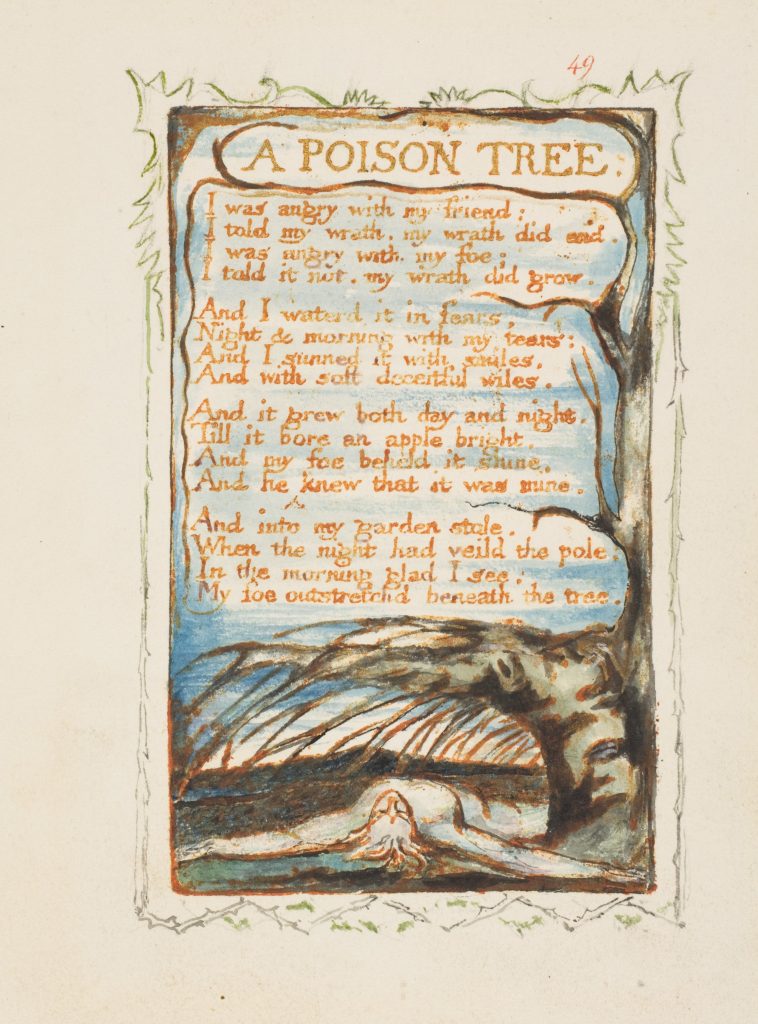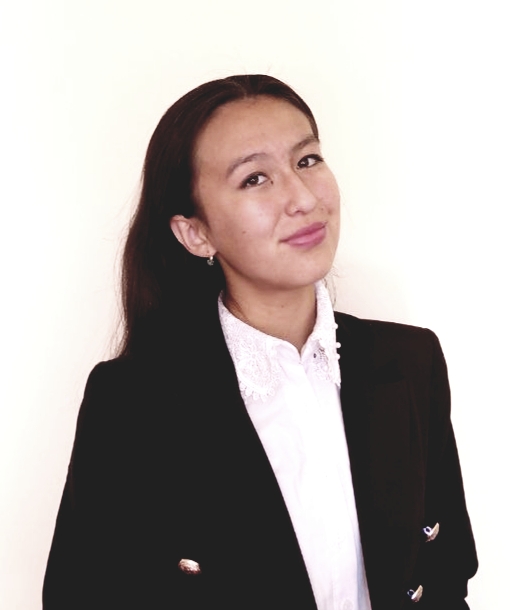
Mother laugh… Mom, laugh, let go of sadness,
This world is not full. Rejoice and be filled with happiness,
I forget the pain. Mom, laugh, stop Pox from your feet,
See my happy fate, My dreams lead to happiness

First of all, here’s an announcement! Regular Synch Chaos contributor, poet Taylor Dibbert, has a newly released collection of his poetry, Invictus, available for purchase.
Also, past contributor Areg Azatyan’s novel The Flying African has just been released from Frayed Edge Press! Translated from the Armenian by Nazareth Seferian, the book follows the journey of an unnamed traveler, a young Armenian writer who spends fifty-four adventurous days in Africa, one day in each of the continent’s countries.
We are also hosting a free public literary reading in conjunction with the Association of Writing Programs conference next month in Kansas City, MO. This will be at 6pm on the evening of February 7th at Prospero’s Books. All are welcome to come and hear the readers!
Now for this month’s issue: The Ecosystem of Ideas.

Terry Trowbridge probes the intricate world of pillbugs under the ground while Don Bormon looks into the hardworking and cohesive colonies of ants.
Gulsevar Xojamova draws on the rainbow as a symbol of natural beauty and urges her country’s people to embrace the beauty and pride of Uzbekistan.
Sayani Mukherjee relates the “touch and go” nature of winter, when nature is not all dormant, but awaiting a streak of warm and dry enough weather. Azemina Krehic evokes the bitter, sucking, deathly cold of winter wind and snow. Meanwhile, Uzbek writer Nosirova Gavhar regales us with the beauty of nature and her country’s folk traditions in the spring.
Brian Barbeito suggests that woodland ecosystems should be considered a living thing in their own right, not simply the sum of living species. Ali Akramov looks into the effects flooding has on mountain geology and ecosystems.
Jerry Langdon’s poetry bridges the worlds of nature and culture as he writes of the destruction wreaked by fire, lightning, and a slow-burn romantic breakup. Mahbub Alam continues in that vein by drawing on the language of marriage to express a human union with the natural world, while Mahmudul Hasan Fahim explores the emotional, ecological, and social ramifications of different cultural funerary customs.
Z.I. Mahmud explores how poets Mary Oliver and William Blake reflect the inextricable unity of humans and nature through their Romantic and spiritual poetry.
Sayani Mukherjee‘s poetry explores the world of Paris, New York and London while Mark Young humorously compares himself to pop culture icons of past and present and Odina Rustamjonova looks into the strengths and weaknesses of the mass transit systems within Uzbekistan. Maja Milojkovic highlights a little-known cultural and linguistic connection between Tunisian Arabs and Serbians.

Isabel Gomez de Diego sends up a mix of personal and grandiose moments of contemplation and holiday celebration.
Lilian Dipasupil Kunimasa highlights the value of personal development, urging us to take the daily steps to prepare our hearts and lives to be ready for extraordinary moments of grace.
Nafisa Abralova’s drama highlights the importance of education, discipline, and responsibility for children under our care while Charos Toshpulatova traces the development of the idea of and legal precedent for the rights of children.
John Mellender addresses growing up, laying aside or recognizing the limitations of one’s youthful idealism. Muhammed Aamir evokes a future world where we can regenerate our loved ones with the help of technology. John Edward Culp envisions his future great-grandchildren eating together and showing concern for each other in the same park where he’s doing the same for his loved one.
J.J. Campbell mixes a bit of nostalgia and anachronism in his monthly pieces on loneliness and despair, as he’s “playing jazz in a world of heavy metal.” Saad Ali mixes together history, poetic device, and love in his variety of experimental pieces.

Kristy Raines speaks to the emotional connection of true love while Ifora Bahramova paints a simple domestic scene of love between a mother and her young children. Ari Nystrom-Rice evokes childhood playground memories in his poem on the loss of a close friendship.
Safarova Zarnigor analyzes a delicate poem from Faynberg about love lasting over time while Sevinch Saidova relates the story of a man who struggles with addiction and health issues and the family who loves him unconditionally. Oona Haskovec reflects on her loneliness and desire for caring friendship, staring at her hands while eating alone in her kitchen.
Oaoao Pbobo reminds us of the joy of learning to read and write and the doors it can open for us. Nigora Tursunboyeva explores the depths of poetry and emotional resonance within the work of Uzbek children’s author Khudoyberdi Tokhtabayev. Aziza Umurzakova highlights the role preschool and young children’s education can play in a healthy nation.
Diyora Bakhodirovna outlines how new educational technologies may enhance student learning.
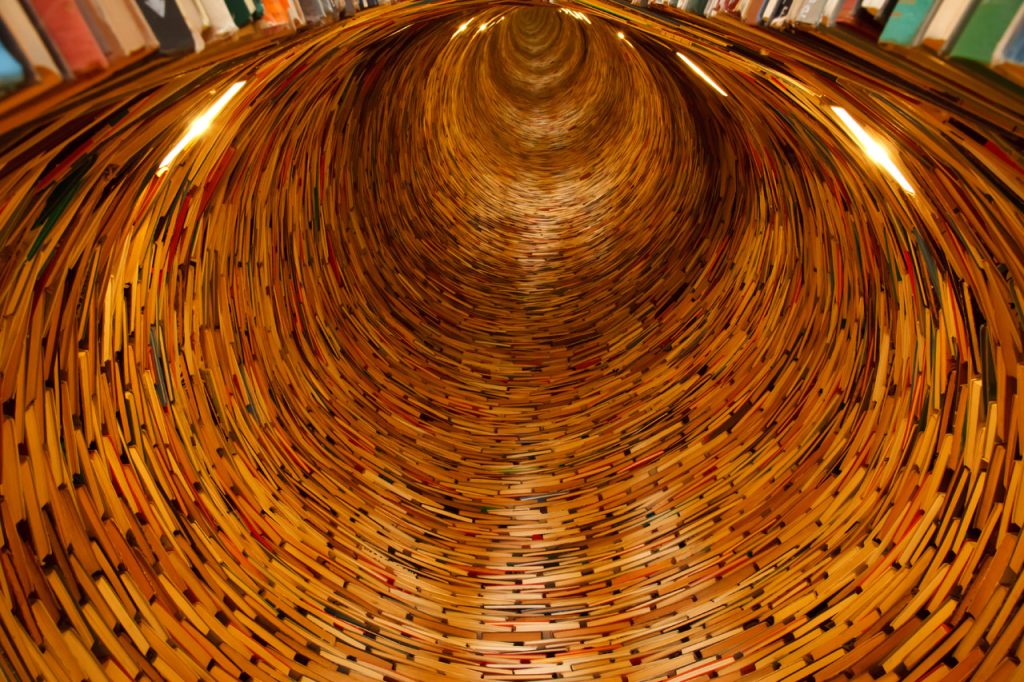
Nozima Baxtiyorova suggests that the technology used to continue children’s education during Covid-19 could be extended for their benefit as the pandemic lessens. Malika Kaxarova explores linguistic figures of speech and the role they play in cognition and the field of cognitive linguistics.
Mahbuba Juraboyeva outlines the importance of proper and professional speech to the legal profession while Bahora Baxtiyorova celebrates an important business leader in Uzbekistan who harnesses modern social media methods for communication and advertising. Elmaya Jabbarova honors the power, dignity, and beauty of her homeland of Azerbaijan while Faleeha Hassan conjures through her words a fanciful street scene complete with fish vendors and confetti and sandstorms and J.D. Nelson’s five monostichs hint at imagined vignettes from daily life.
Dilnoza Ochildiyeva outlines the history and heritage of her Uzbek homeland while Maftuna Imamova discusses strategies for enhancing Uzbekistan’s economic position in world markets.
Mesfakus Salahin dreams of a more peaceful and compassionate world in the future while Anila Bukhari illustrates how girls should be allowed education and freedom.

John Grochalski speaks to the many small and larger ways we assert our independence and existence as individuals. Skye Preston crafts a flash Gothic-esque sketch where a young woman vows not to take after her parents, and we find out why.
Sabrid Jahan Mahin points out the mysteries still unknown about how our brains work, although they are the strongest problem-solving force we have. The San Francisco Ballet’s new show Mere Mortals, here reviewed by Christopher Bernard, explores the Greek myth of Pandora and the fine line between human exploration and empowerment and human selfishness and evil.
Chimezie Ihekuna challenges himself to reconsider conventional wisdom in his frustrating search for truth. As for truth, Dr. Abdul Awal explores scientific, philosophical, and spiritual insights found within the Koran. Graciela Noemi Villaverde presents a protagonist whose heart has hardened because he no longer listens to the tender muse of compassion, mystery and poetry, while Mirta Liliana Ramirez depicts a heart that regenerates after repeated emotional destruction.
Bill Tope relates the tale of a courageous woman who rises up from near-devastation and solves her own rape, while Doug Hawley ponders whether the same person can handle the public and “beautiful” aspects of art and the more practical and business oriented features in his piece on two twin sisters.
Peter Cherches explores identity, plagiarism, the bounds of self-expression and alter egos in his short story that looks into what it can take to make it as a writer. Duane Vorhees renders the act of writing into something physical, dragging words and thoughts and other substances across the page.
Joshua Martin reviews Irene Koronas’ new collection gnostos, which plumbs the depths of a plethora of connected areas of knowledge and thought. He also covers Daniel Y. Harris’ new book The Metempsychosis of Salvador Dracu, which also merges human thought in the form of code and in poetry and illustrates the permeability of our concepts of personhood.
Jim Meirose also suggests an interplay of the biological and astrobiological and linguistic in his short story while Alma Ryan’s speaker dances through a portal into an artist’s dream of beauty and precarity, where paper figures live and die among splashes of paint.

James Whitehead speculates on how concepts and language itself could become a prized economic good fought over by villages and nations.
Ahmad Al-Khatat talks of how he would give up much, but not his hard-won life experience from surviving war. Meanwhile, Norman J. Olson addresses the futility of armed conflict.
Mykyta Ryzhykh speculates on “graves without flowers” – the unremembered dead – and on “flowers without graves” – the potential of celebrations without death – and mourns the loss of human and even animal dignity in alienating modern life and warfare.
Jacques Fleury addresses the inherent systemic racism of being loved as a brand who can perform and make money for others, not as a person.
Daniel De Culla denigrates fascism wherever it may arise: Spain, Argentina, Italy, or the United States.
Biloldin Mahmudov outlines diplomatic etiquette, instructing aspiring diplomats while at the same time granting grace and dignity to the role.
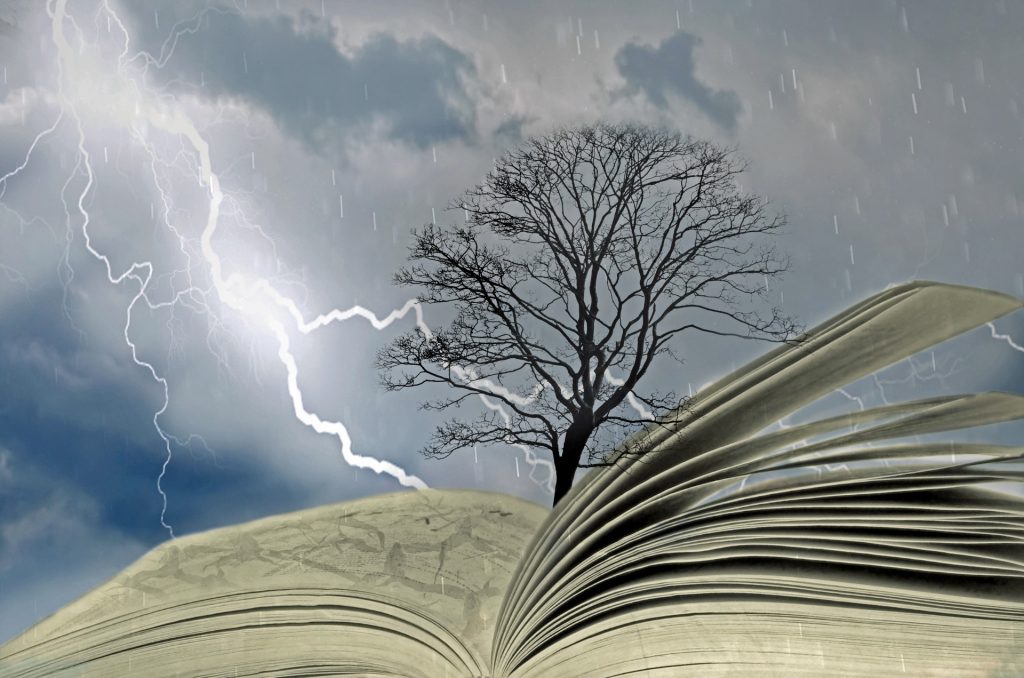
Stephen Jarrell Williams expresses hope for humanity’s and Earth’s future through his science-fiction poetry.
Michael Robinson speaks to the personal, spiritual and physical renewal he found after surviving open heart surgery. Annie Johnson also delves within the individual psyche, tracing a dream journey.
Kholida Toirjonova reflects on how one day she will leave behind those who may or may not properly mourn her, and it will no longer matter.
Salomova Dilfuza brings up the brevity of life and urges us to make the most of our limited time, while Sevinch Erkinova doesn’t regret a moment of her life, joyful or sorrow-filled.
Thank you very much for reading this month’s first issue of Synchronized Chaos. We hope that you do not regret even one minute of your read, and we encourage you to comment on the submissions and engage in dialogue with the authors and artists.
New York Merriment of London walks Sunshines of New York The latte amore, my Paris I bespoke every little detail With my buckets in hand I go down a little Like white swans in Deep blue lakes My overarching newly molten Blues My guitar friends like those Who know how to tune Into a little merriment My forever Paris in his hand Lakes Cities Sheds Apple branches Spread everywhere Like a little kid She got her cake a blueberry almond pie My London walking in evenings Forevermore in bejewelled spectacle I go up now In New York Amidst thousands hand clappings I found home A little louder A little bird her squeaky quick The little blueberry muffins Understanding London the pink world My one day in London.
Mothers & Daughters
There were poems she would wait to publish until after her mother had died. That was if she were to outlive the old woman. Barbara-Jane: the reason she wrote, the stem of it all, the beginning and inevitably the end. After all, we all become our mothers. Carolina knew from too young an age that she, just like Barbara-Jane, would embrace death like a sweet relief, like the pills she hadn’t allowed herself to take. She believed she would die young because it was easier to imagine that her suffering wouldn’t last forever. Carolina wore pearls and spent recklessly, she refused to fall in love with anyone or anything but the term promiscuous.
And Barabara-Jane often reminded her. New England-born, New York-bred, buttered slices of bread on blue Italian china. Carolina remembered the home she had grown up in, Carolina remembered the sister-space she’d grown into. Older sisters become writers and younger sisters become actresses, it’s the way of the world. It was a yellow Victorian, white trim with a rosary buried somewhere beneath the foundation. Carolina wanted to be buried anywhere but near the house. Perhaps half a mile off from the Riverton prison’s burial plot, where her father lay. The river was lazy but the criminals weren’t, and Carolina was called an afterthought but her father was called bloodthirsty.
Half a mile was a safe enough distance from him, just as long as she didn’t smell like her mother. If there was one thing she should play safe, it was her proximity to her father’s dead body. Carolina only liked to play the victim, never to truly be victimized. Not like her mother. To hate her father for what he did to Barbara-Jane would be hypocrisy. After all, Carolina would not have been so kind. She would have finished the job. She would have killed the woman.
Since the Playground is Gone I want to wear sandals and colorful button up T’s (to feel the muscles around my lips toughen over time). To step where you step with your step but I know I cannot take your step I want to remember the seesaw with you pushing each other off swings forgetting upstairs and the stairs I’ll try to push myself but you walked away leaving me kinetic till I fall back in place.
Fingerprints
Before I sat down today, I scored an orange, a cross over the green stem, and I wrestled with the peel to force it away from the flesh. I trimmed my nails last week to keep myself from picking at my raw fingertips, and I thought it was helping, until today when I felt a dampness on my skin. I looked down to see a bit of blood seeping into my cuticle. Not enough for it to be a problem, but it made my heart sink a little, because I thought I was past this. Now, when I plunge my thumb beneath the orange peel, between the seam I made, the acidic citrus leaks across the cracked skin and my hand pulls itself to my mouth to draw out the pain. The rawness has nearly migrated to the middle of my thumbprint, where it spirals into itself. I’ve been wondering, if I keep this up, will I get a new fingerprint? Will my one claim to individuality be rewritten? Maybe this is my chance for a new beginning. My fingers have been shaking all week and I do not know what to do to stop it. It’s not that I am anxious, I think it’s just something fundamentally wrong in my brain these days. I think that I am so lucky to have written evidence of the decline of my brain in this past week, but it makes me so sad. I could blame the start of the Spring Semester, or I could blame myself, but I think that it is both. Phoebe Bridgers in my headphones is not helping.
I think I have moved on from the idea that growing up is causing all my problems, and it’s the sole reason I have been so sad. I think that I just need to get new friends. I need to wipe myself clean and maybe swim in the ocean and paint myself with sunshine, and wait for the good people to come to me. As it is right now, I love my friends so deeply it is killing me, and I cannot sit and wait for them to like me more. I think that the longer I wait, the harder it will be to say anything. What a bad sentence. I bet 300,000 people have said that sentence today. Today I stood in someone else’s kitchen, she made mac and cheese with the person that all of these things have been about, and I stood, in complete silence, wedged between the end of the stove and the wall. I have been making a habit of making myself small recently, and I am worried that it’s becoming an issue. I sit on the floor between two people I have known forever, and I shrink my legs down as small as they go. I sit in the darkness in the back of the car, listening, and not paying attention to my surroundings. When I go to say goodnight, what I hear from him is “I wish I was with my other friends instead of you.” Maybe that’s the real stupid sentence here. Or maybe both seem stupid because they are too much of the truth all at once. I have said all the wise things there are to say, I have made all the best, most thought out points ever said about one’s inner workings of the mind, and I think I have talked it all out. I am now left with the blind wondering. The silence that comes not from trying to think of an answer, but being without a question. That’s a good sentence.
Examine Mary Oliver’s Sleeping in the Forest, Twelve Moons with critical commentary.
“The special puzzle of Romanticism is the dialectical role that nature had to take in the revival of the mode of romance. Most simply, Romantic nature poetry, despite its long critical history of misrepresentations, was anti nature poetry […] Romantic or internalized romance […] tends to see the context of nature as a trap for the mature imagination.” Harold Bloom’s The Internalization of the Quest Romance
“It is the destiny if consciousness […[ to separate from nature, so that it can not only transcend not only nature but also its own lesser forms.” Georey Hartman’s Romanticism and Anti Self- Consciousness
Bloomian and Hartmanian tradition of Mary Oliver’s romantic nature poetry dichotomizes the antitheses between nature and self, body and soul, consciousness and unconsciousness, subject and object, nature and culture, language and muteness, death and immortality, imaginative speaker and immature child, transcendence and immanence. The speaker of the poem recollects the mystical closeness and amity with the natural world as suggested by the ritualizes camp trip sojournings in the forest floor of the maternal earth engulfs her like “as if she feels in water”. Herein the poet laureate superimposes the visionary selfhood upon “a stone on the riverbed”; because her drowsiness is not a blankness but the labyrinthine “lichens and seeds”.
The poet and the speaker impersonate Wordsworthian philosophical mind and Yeatsian Artice of Eternity through mimetic imitation of rocks, stones and trees of Wordsworth “A Slumber Did My Spirit Seal”. Witches, spinsters, crones and mother nature begin to speak for themselves, they transvalue their romantic forefathers’ mythic assessments as they defy the doom of muteness placed on all these female others who inhabit masculine poetic landscapes. Mary Oliver’s poetic revolutions embody mystical consciousness and experience of renewal. From the core of the heart’s engravings, Oliver’s everlasting bonding with nature in the face of sober truth memorializes the unity of the natural despite forsaking the association of supernatural eternity; her poems follow the cycles of the seasons to image loss and the possibility of renewal. Linda Gregerson reviews noteworthily, “She is not so much moved by the works of man, and she somehow contrives to love the world more than she loves language, no common feat for an artisan who works in words.”
Gratitude and reverence of the lyrical naturalist’s ardour of romantic nature poetry proclaims testimonial “I am sensual in order to be spiritual” amidst postmodern milieus. There is a fusion of Transcendental, Buddhist and Christian imageries grounded firmly in the earth, which Oliver views as God’s corporeality. Contemporary mystic of American poetry Mary Oliver stalks the edges of the marshes, journeying deep into the forests to open her breast to the known and the unknowable “as if the edge of sweet sanity” where “wild blind wings open” to interrogate nature of the soul, about its relation to the earth, about the damage of dualism it seeks to separate soul from body, body from earth and earth from the ultimate mystery of the immeasurable and unutterable nature of God heralded by Enlightenment.
Mary Oliver’s rapture with the nature such as the creatures of the wood and the sea, birds of the air, plants of the elds, trees of the forests—this is the liturgy of living things that the poet consistently dwells with and upon the elusiveness of the never-ending rosary.
Further Reading
Janet McNew’s [St. John University] Mary Oliver and the Tradition of Romantic Nature Poetry, Contemporary Literature 1969, Volume. 30, No. 1, pp. 57-77, University of Wisconsin Press Journals Division
Todd Davis’s The Earth as God’s Body: Incarnation as Communion in the poetry of Mary Oliver Christianity and Literature, Summer 2009, Volume 58, No. 4. Pp. 605-624
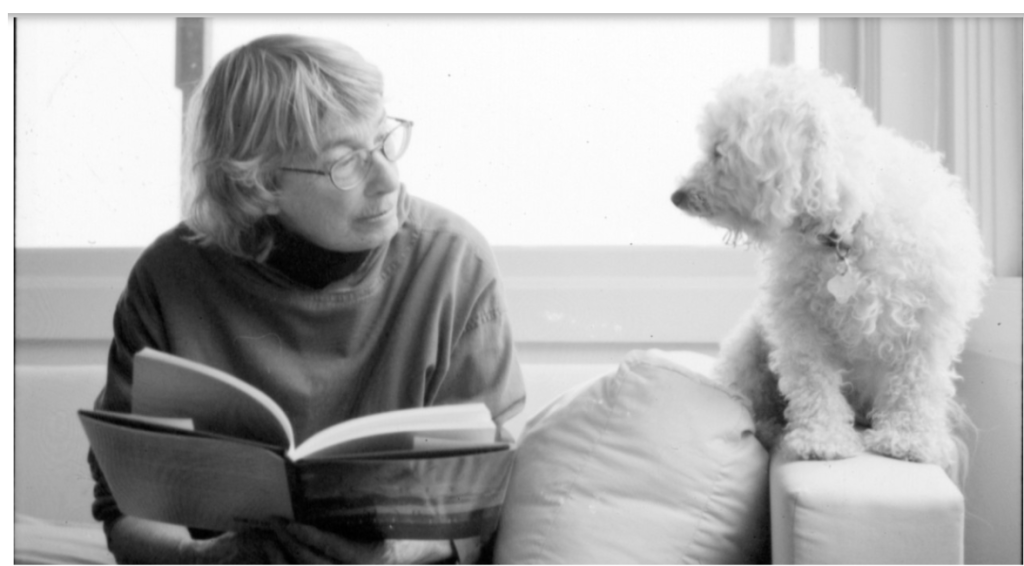
Examine William Blake’s A Poison Tree with critical commentary.
“A Poison Tree” is a counter myth which expresses the Biblical narrative of the Fall as a tree burlesquing the “Tree of the Forbidden Fruit”. Forbearance of the Wrath of God is anticipated in the allegorical symbolism of the poisoned tree as poetic vehicle, abstraction of human situation [repressed anger]. “I was angry …;/…my wrath did end.” propositional content and grammatical structure clash with substantiation of adjectival noun from angry towards wrath or indignation manifested as seven deadly cardinal vices that these lyrics implied in the metamorphosis of the whole poem. “I was angry with my foe, /I told it not, my wrath did grow.”——this couplet’s propositional content concerns the intensification of emotion, a subject now reinforced by the shift from angry to wrath. The shift is mediated by the pronoun “it”, which is indeed in this lyric Janus-faced part of speech; wrath can be cultivated following the verbs “watered” and “sunned”: “And I watered it in fears/
Night and morning with my tears;/ And I sunned it with smiles;/And with soft deceitful
wiles.”——–
Wrath is watered and sunned with fears, tears and soft deceitful wiles; water’s alkalinity provides nourishing nutriment for the sustenance of the poison tree as the language oscillates between the conceptual and the phenomenal to provide a tangible equilibrium between the tenor and the vehicle. “And it grew both day and night/Till it bore an apple bright” —–herein the intense cultivation of anger culminates in literal incarnation which the poem’s conclusion is the incredible transformation despite the occurrence that cannot be gainsaid: “And my foe beheld it shine/And he knew that it was mine/ And into my garden stole/ When the night had veiled the pole/ In the morning glad I see, /My foe outstretched beneath the tree.”
Blake intends us to take the embodiment of deep malice and disdain to be the literalization of Milton’s Satanic forbearance from the forehead by the conceiving of sin. Objects become extensions or projections of the human agency as exploratorily examined in “A Poison Tree” in which the correspondence between human and the natural is […] pronounced […] “the apple bright of the poem” suggest [ing] […] a process where intense emotion repressed, because of binding social codes, is rendered into a tangible symbol.” The power of mind transcends that of the power of the matter in Blakean perspectives and poetic appreciation anthropomorphizing the inanimate and insensible to be personified symbolism of realistic living forms rather than mere poetic device of similitude.
Since […] “These poets knew that “All deities reside in the human breasts and their poetic tales or mythologies were imaginative account of imaginative reality and thus true” In other words, that the virtue of Christian forbearance is the psychological repression mythopoetically. For Blake the truth behind Genesis is that emanates anciently—and paradigmatically ——-a sneaking serpent of a man sought in the vested venture of vengeance blossoms into a fascinating macabre of incarnational narrative within
hermeneutic tradition.
Further Reading
Phillip J. Gallagher’s [The University of Texas at El Paso] The Word Made Flesh: Blake’s “A Poison Tree” and the Book of Genesis, Studies in Romanticism, Spring 1977. Volume 28, No. 2, William Blake 1757——-1827, Spring 1977, pp. 237—–249.
